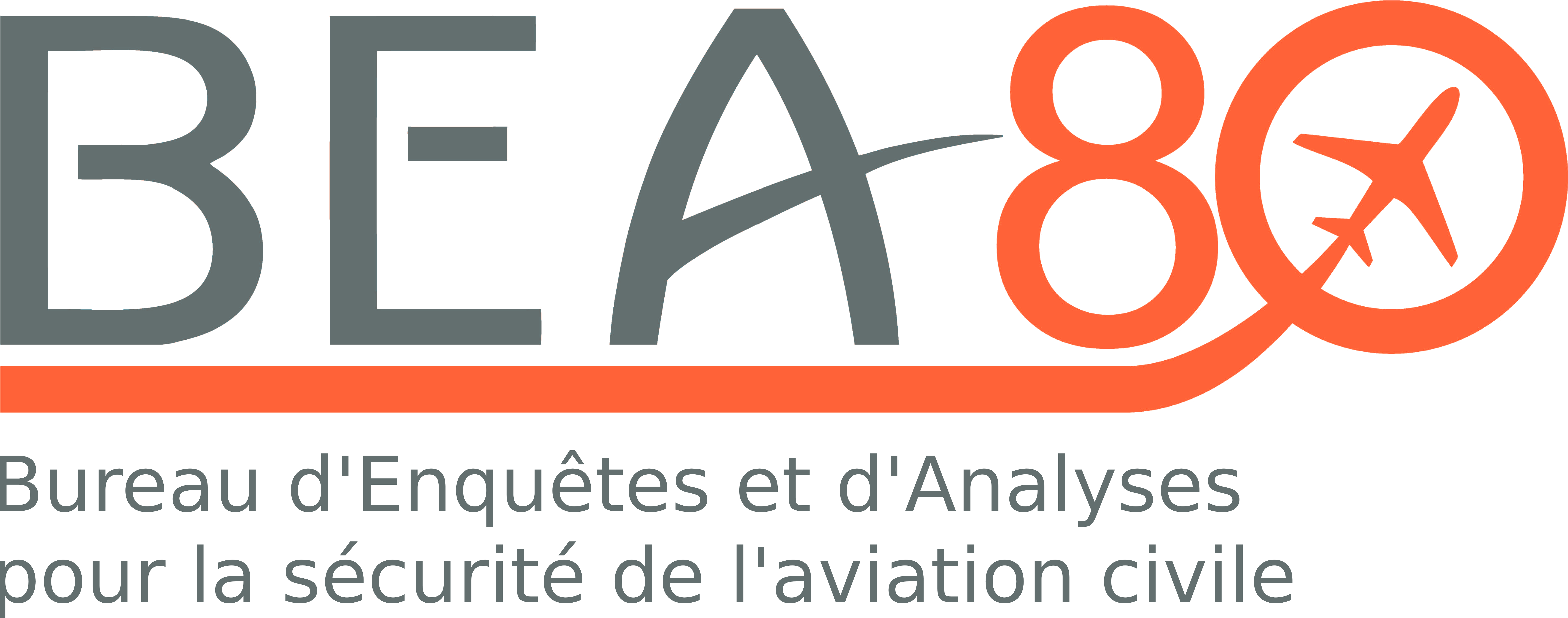Collision avec la surface de l'eau, peu après le décollage
Collision avec la surface de l'eau, peu après le décollage
Summary
On 25 January 2010, flight ET409 took off from Beirut Rafic Hariri International Airport (Lebanon) bound for Addis Ababa Bole International Airport (Ethiopia) on a regularly scheduled revenue flight. Less than five minutes after take-off the plane crashed into the sea.
3.2 Causes
3.2.1 Probable Causes
1- The flight crew?s mismanagement of the aircraft?s speed, altitude, headings and attitude through inconsistent flight control inputs resulting in a loss of control.
2- The flight crew failure to abide by CRM principles of mutual support and calling deviations hindered any timely intervention and correction.
3.2.2 Contributing Factors
1- The manipulation of the flight controls by the flight crew in an ineffective manner resulted in the aircraft undesired behavior and increased the level of stress of the pilots.
2- The aircraft being out of trim for most of the flight directly increased the workload on the pilot and made his control of the aircraft more demanding.
3- The prevailing weather conditions at night most probably resulted in spatial disorientation to the flight crew and lead to loss of situational awareness.
4- The relative inexperience of the Flight Crew on type combined with their unfamiliarity with the airport contributed, most likely, to increase the Flight Crew workload and stress.
5- The consecutive flying (188 hours in 51 days) on a new type with the absolute minimum rest could have likely resulted in a chronic fatigue affecting the captain's performance.
6- The heavy meal discussed by the crew prior to take-off has affected their quality of sleep prior to that flight.
7- The aircraft 11 bank angle aural warnings, 2 stalls and final spiral dive contributed in the increase of the crew workload and stress level.
8- Symptoms similar to those of a subtle incapacitation have been identified and could have resulted from and/or explain most of the causes mentioned above. However, there is no factual evidence to confirm without any doubt such a cause.
9- The F/O reluctance to intervene did not help in confirming a case of captain's subtle incapacitation and/or to take over control of the aircraft as stipulated in the operator's SOP.
Full report available at : www.lebcaa.gov.lb
